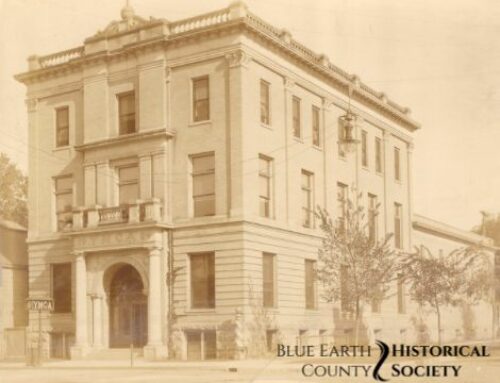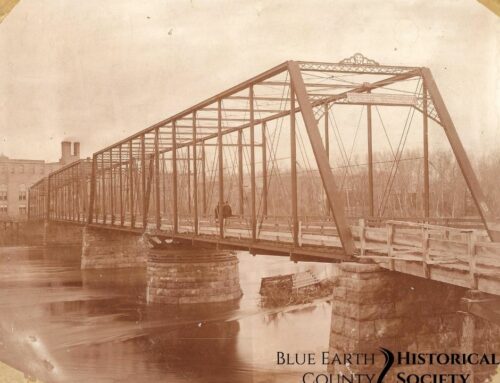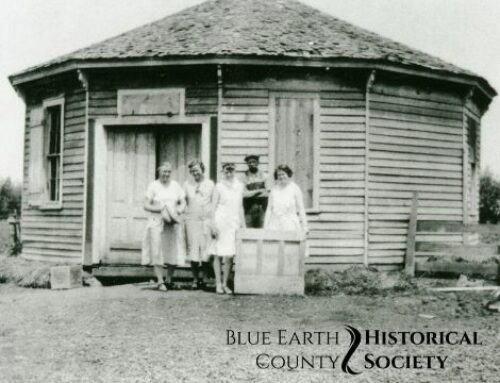Shelby was first settled by Norman L. Jackson in 1855. In July of that year, Casper, George J., and Simon Hoffman staked claims in the township as well. The next year, many people migrated to the township; in fact, so many new settlers arrived that the township’s area was increased. The town got its name at the request of Reverend J. W. Powell, who came from the county of Shelby, Indiana. The first election was held on October 15, 1856. In July of the next year, Ceresco and Vernon separated from the Shelby precinct, and the town of Shelby was formed on May 11, 1858.
In 1856, some buildings were constructed in Shelbyville, one of the neighborhoods in the township. A hotel was built, along with a store. A steam saw mill was added shortly after but was an economic failure; settlers called it the “Tri-Weekly,” because they claimed the saw went up and down only three times a week. The proprietors tried to increase its use by adding an attachment for grinding corn and flour, but even that didn’t help, and eventually, they abandoned it. Other mills were created in later years that met with much more success. In 1858, a log cabin schoolhouse was constructed, which was taught by David Grey.
The first post office was established in 1856 with J. W. Powell as its postmaster. Around this time, people began making stores to sell settlers provisions. In addition, a church was constructed in 1858. By 1867, there was a hotel, church, school, mill, two stores, a blacksmith shop, a wagon shop, and more.
In 1879, a railroad was built through Shelby by the C. St. P. M. and O. Company. There was a proposition to give the railway a bonus of $10,000, but at the September 2 vote, it was defeated 120 to 52. The proposition was defeated because there was no specific depot location picked out, and people were sure the railway would still be constructed without the bonus. After the election, the railway company bought a tract of land from George Quiggle, and on October 31 of that year, they laid out the new town of Amboy, suggested by Robert Richard after his home of Amboy, Illinois. Because the train went through Amboy, Shelbyville became a spot on the map, while Amboy continues to prosper to this day.





Leave A Comment